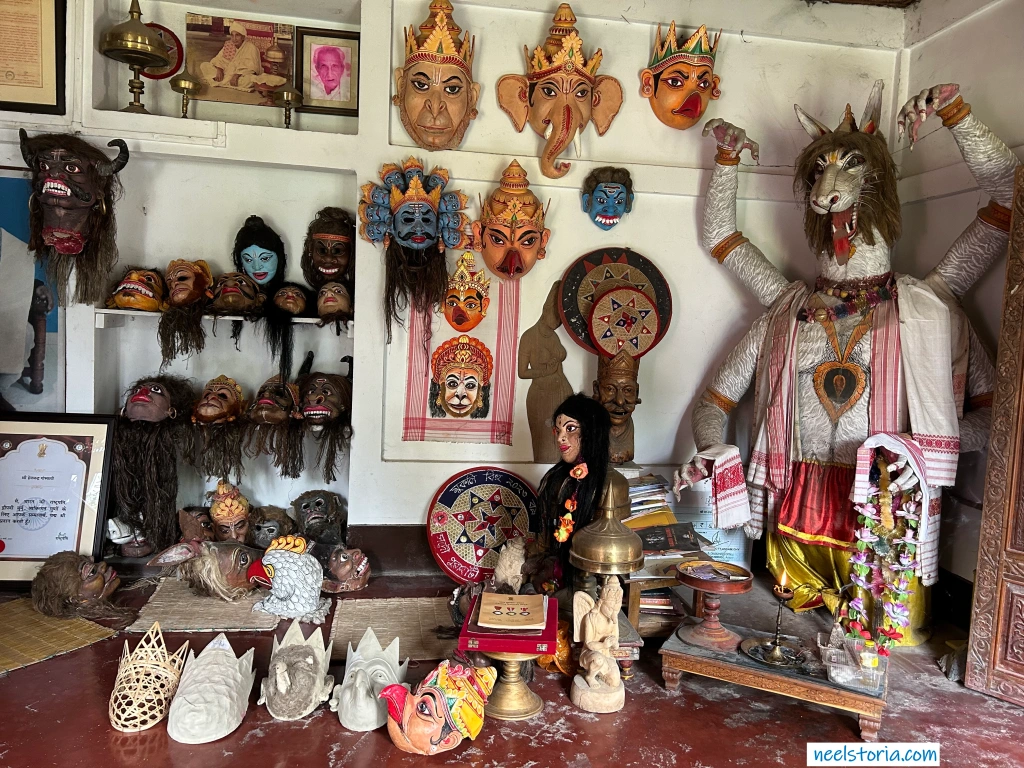


On 17th February 2024, Sri Sri Uttar Kamlabari Satra, Majuli, Assam, is celebrating its 350th year of continuous service to humanity, Bharatiya Sanskriti, Hindutva, and Assamese society at large. Located in the picturesque town and now a newly carved district of Assam, Majuli, a riverine island of the mighty Brahmaputra river, is 400 kms away from Guwahati and 120 kms from Dibrugarh. It was established in 1673 by Pujyapad Sri Sri Badla Padma Ata, who was a disciple of Srimant Shankar Dev and Mahapurush Madhab Dev. Since then, it has evolved into an epicenter of Vaishnav bhakti, devoted to the bhakti of Shri Krishna and Rukmini, cultural and educational resurgence, and social reform. Its role in the development of Satriya as a classical dance form to represent devotion and surrender to Bhagwan Sri Krishna gives it a unique stature in classical Indian dance forms.
What is Satra?
Satra is an equivalent of a religious seat, a math, or akhara, which acts as a holistic development center for the local society based on principles of Vaishnav tradition of Hinduism started by medieval Bhakti saint of Assam Shrimant Shankar Dev. It acts as a center for Nam Keertan (devotional music) and training in Satriya dance form. It has been patronized by Ahom Kings and thus evolved as a representative classical dance form from Assam.
Satra parampara or tradition is more than 550 years old and local to Assam and northeast India. It is to the credit of these Satras that Ahom Kings and Assamese society could resist Mughal and Islamic invasions and even the onslaught of western civilization led by Britishers.
The highest religious and spiritual authority of Satra is vested in Satradhikar Prabhu, who is the living representative of Srimant Shankar Dev Mahapurush and founder of that Satra parampara. There are more than 100 Satras in Assam, each having its own area of operation.
Satra as an Educational Centre
Satras also act as a centre of educational, cultural and spiritual training . Children join them at a tender age of two , and are provided holistic education in different subjects by the schools/ colleges attached to the Satra and also in dharmik shiksha by satradhikar Prabhu .
Satradhikar Prabhu of Sri Sri Kamlabari Satra Pujyapad Janardandev Goswami also runs chain of ekal vidyalayas in and around Majuli . He has been participating in all programmes organised by VHP and RSS . His role in spread of Vaishnav culture has acted as a bulwork against conversion efforts of churches of different denominations and have rendered great service to the cause of Hindutva and thus in nation building.
It is a matter of great pride for the entire Assamese society and Hindu devotees that such an old tradition is completing 350th years of its existence and reaching out to other parts of the country.